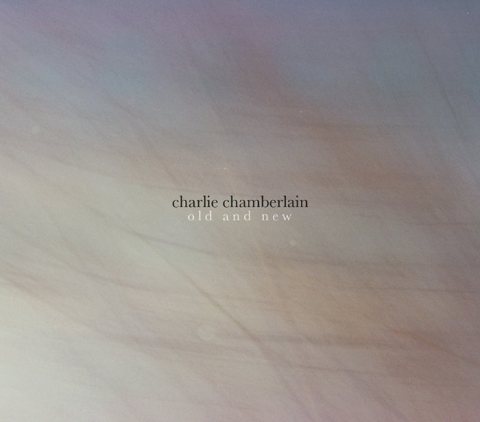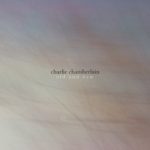
Creative Commons
The quick description might make you flinch and cringe when you hear it for the first time: samples of old-time bluegrass vocal recordings, remixed with a blend of newly-recorded acoustic instruments paired with electronic beats and synthesized sounds.
Having a hard time getting your head around the idea of all that? That’s okay – don’t waste a lot of time thinking of about it. Rather, put an ear to Old And New, an album of said hybrid music written, performed, recorded, and produced by a fellow named Charlie Chamberlain.
Here we have the Clinch Mountain Boys’ vocal on “Bright Morning Sun” offered up in a dub-style mix over shimmering synth lines, a drum that sounds as ancient as life itself, and a swooping bass that has more to do with the Blue Mountains of Jamaica that it does the bluegrass of Kentucky. Dillard Chandler’s “Rain And Snow” is gathered up, rearranged, and set down in a completely different place that combines Latin moods with colors from the valleys of Venus, but ending up just as full of sleet and ache. Larry Sparks’ “Gospel Train” takes on a slow and s-s-s-sexy hip sway (if you can believe it), grinding along as banjos and slide guitars weave their way over top of the beat, before a deftly-picked acoustic wraps its arms around the tune and takes it home.
Chamberlain reinvents Alice Gerrard’s “One Morning In May” as something that might have tucked into the grooves of Pink Floyd’s Dark Side Of The Moon (but only if David Gilmore had set the black Strat down now and then long enough to coax some trills out of a mandolin). Doc Watson’s vocal on “Pretty Saro” drifts through vapors of world rhythms and other-world sounds. And “Oh Death” still contains enough of Ralph Stanley’s soul to give you shivers.
The most thought-provoking moment on the album might very well be Chamberlain’s remix of Bill Monroe’s “Goin’ Up Caney”. Once a funky rhythm section and some sweet guitar and mando usher the tune in, we hear a sample of Monroe explaining how he came up with his sound. Ol’ Bill describes a mix of blues, jazz, Scottish bagpipes, Irish fiddle music … looking to put “some drive behind the music.”
When you think about it, what he’s talking about could be thought of as simply a different era’s way of doing the very same sort of thing that Charlie Chamberlain has done on Old And New.
What needs to be acknowledged is the fact that the legalities of using samples of the original music has prevented Chamberlain from actually selling Old And New – it’s available only as a free download at his website. (I’m not telling you what to do boys and girls, but I will note that you can donate to the Old And New project while you’re on the site.)
This is a review of a piece of work and not an editorial about using samples of the past to create art for the future. But this I believe: Charlie Chamberlain had to have some serious respect and appreciation for the music he based this album on to give birth to Old And New. If this is what it takes to inspire the uninitiated to dig deeper and go back to the original recordings by Monroe, McBee, Dickens, or Hartford, then more power to him.
Hats off to you, Charlie Chamberlain – you’ve done a fine thing.



No Comments comments associated with this post